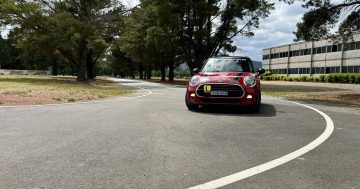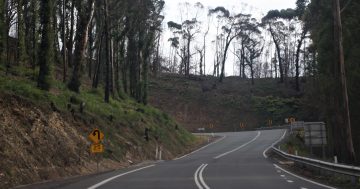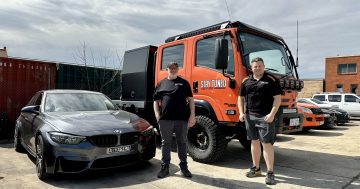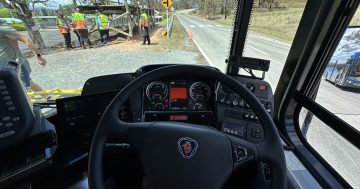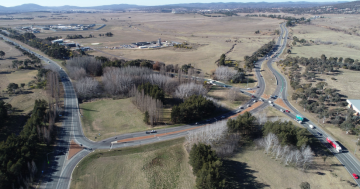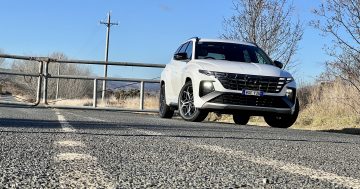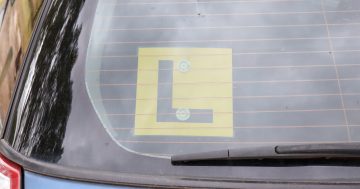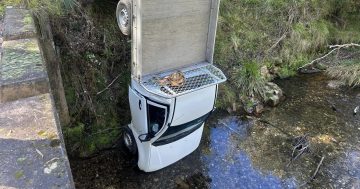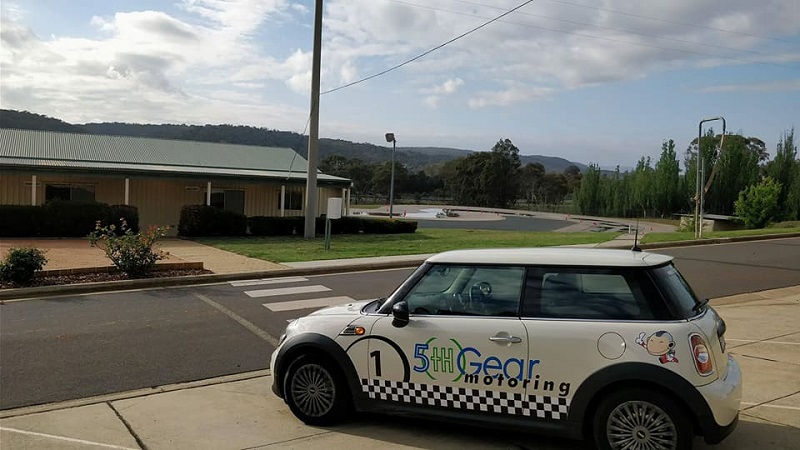
Ready for another day of training at Sutton Road. Image courtesy of Fifth Gear Motoring.
Do you ever worry you might not be a very good driver?
My most popular article of all time is this one – about our most dangerous and annoying driver behaviours on the road.
It’s pretty hard to believe that everyone guilty of the behaviours mentioned here is well-aware of it.
Chances are, the people committing these road crimes every day think they’re great drivers.
Maybe one of them is … you?
Here in the ACT, we were lucky to get through our Christmas period this year with no deaths on the road – but it was an absolute horror season in NSW.
We even managed to cop some of the blame from the NSW Transport Minister (though it should be said, his office didn’t respond to my request to share the data or evidence behind his statements).
The truth is, whether you think you need to improve your own skills – or improve your ability to avoid all the other idiots on the road – a driver skills training course is a great place to start.
When people hear that I write about cars, one of the first comments I often hear is, ‘you must be a great driver!’.
Er, no. Well, I hope I am, I hope I’m not a terrible driver – but I’ve actually never done any formal training, so I don’t know for sure. It’s something I’ve been meaning to do for years, but like many of us I suspect, I’ve just never gotten around to it.
So when a friend of mine recently completed a one-day driver training course with Fifth Gear Motoring and highly recommended them, I jumped at the chance and booked my spot.
You’ll recognise Fifth Gear by their smart Minis with the racing stripes that you’ll see around town.
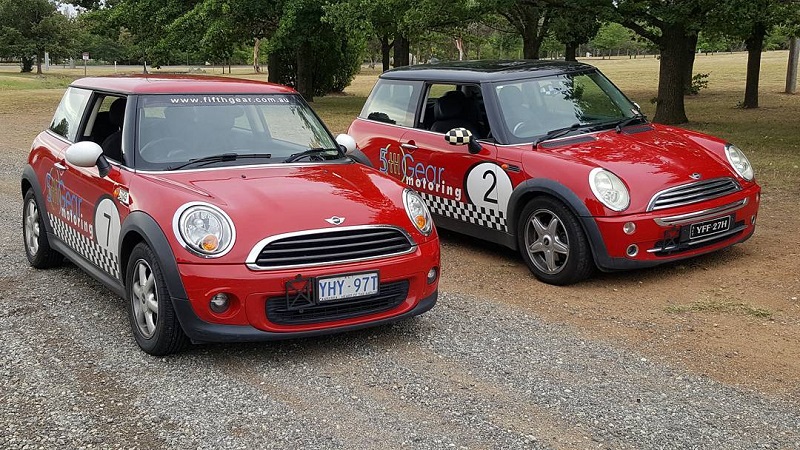
Two members of the Fifth Gear fleet. Image courtesy of Fifth Gear Motoring.
The team at Fifth Gear was kind enough to give me a generous discount to come and check out their training course on one of their quieter days. So on a sunny day, I rocked up early to the Sutton Road driver training facility.
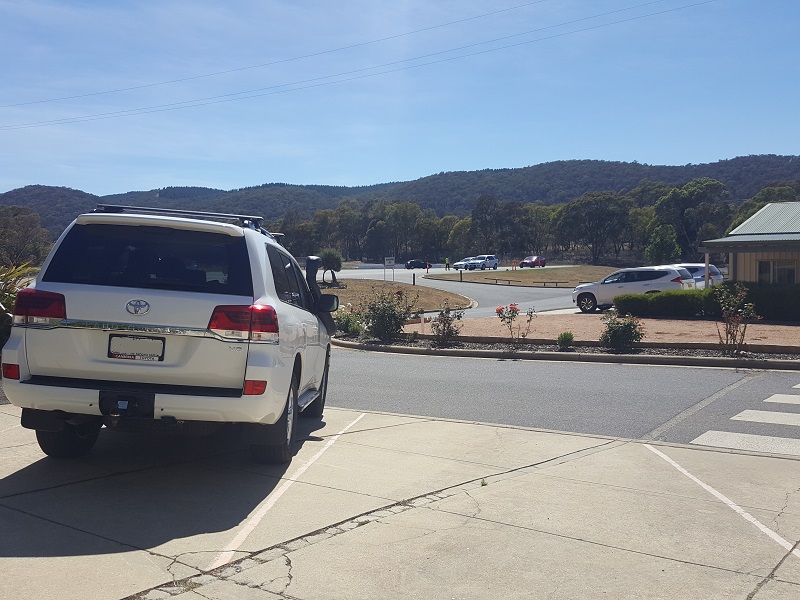
Another busy day at the Sutton Road facility.
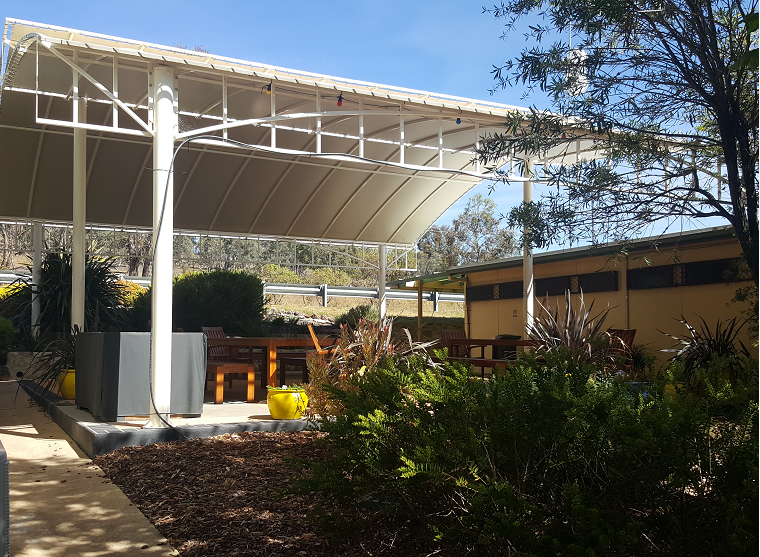
Pretty outdoor areas at the Sutton Road driver training centre.
My timing – attending the course during school holidays – meant most other attendees were young drivers just starting out.
At the beginning of the day, we each introduced ourselves and stated how long we’ve been driving. There’s an awkward silence when it’s clear the length of my driving career is greater than the age of most of my fellow students.
Me pointing this out just means I’ve had plenty of time to develop bad habits.
The training rooms are perfectly comfortable, and we have tea, coffee, cold drinks and snacks available all day as well as a generous lunch to keep the energy and concentration up.
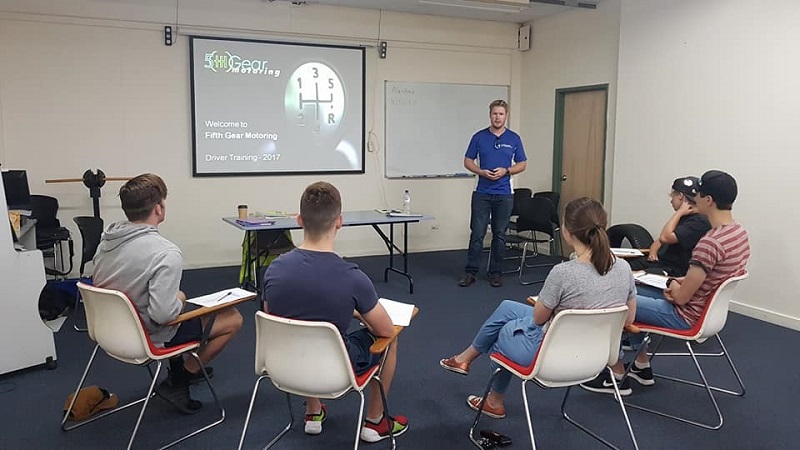
Another class hard at work. Image courtesy of Fifth Gear Motoring.
Our instructor Alasdair clearly has plenty of experience, and diverse experience as well – he talks about his involvement in various motorsports, with a keen focus on safety at all times.
He has a mature manner as well, which is important when dealing with younger drivers. Many of my classmates are graduates of Fifth Gear’s learner driver training, so Alasdair is familiar and comfortable with them too.
Most of our morning is spent in the classroom, learning various driving techniques in detail (such as push-pull turning and correct driving position) as well as learning more about our cars’ features.
This includes some interesting video presentations, as well as a particularly challenging quiz about who has right of way at intersections.
The theory is well broken-up by practical training, including a mid-morning session out on the infamous skid pan.
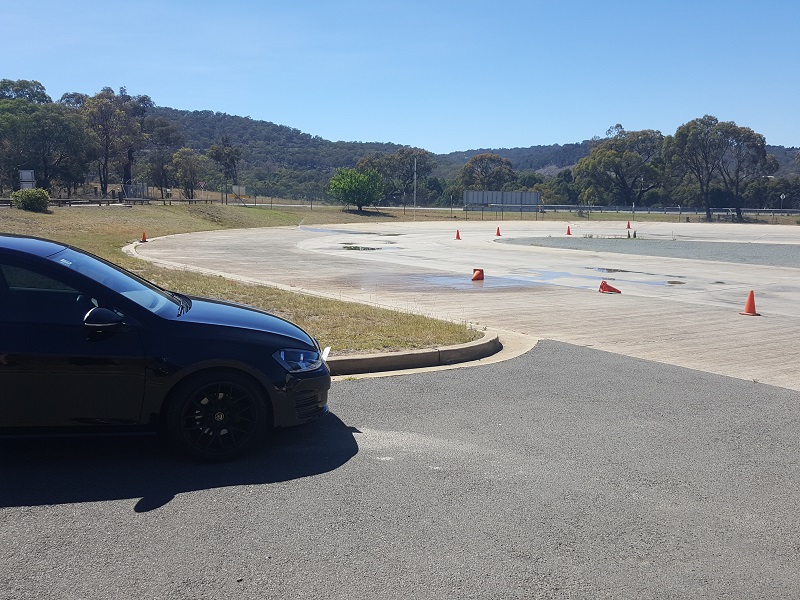
Lining up to face the skid pan.
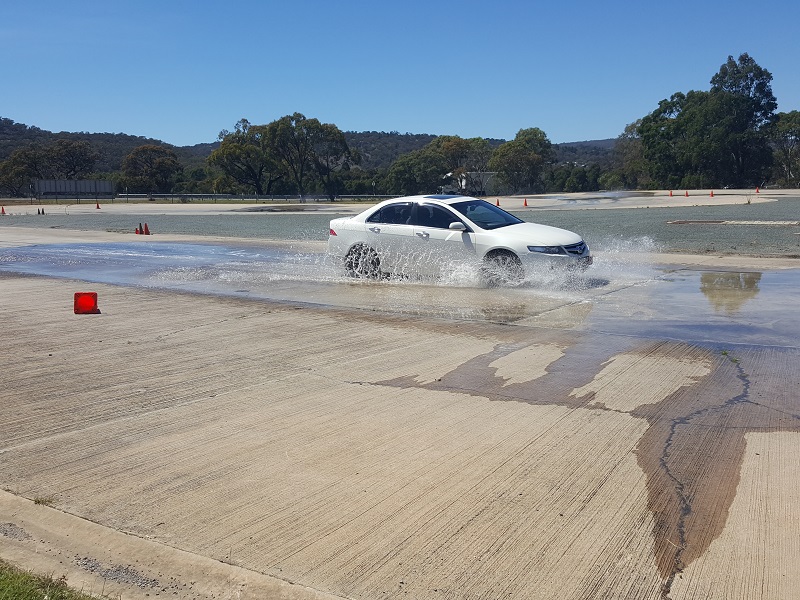
Testing our skills on the skid pan.
I was warned beforehand that my small and light Toyota 86, with its rear-wheel-drive and 2L engine car might give me a bit of a scare out there, and it sure did.
I let Alasdair take the wheel for the first couple of demonstration laps, and his performance draws a round of applause when we finish. I’m reminded again that this is the kind of driving my car was made for, and it was great fun.
[For big kids, it’s worth noting you can actually hire out the skid pan for a couple of hours to have some fun with your mates. Get in touch with Fifth Gear if you’d like to give it a try.]
For me, one of the best parts of the course was the huge emphasis on the physics of driving. We spent a lot of time learning and discussing how accelerating or braking shifts the weight of your car, and therefore, changes how it behaves.
Coupled with the opportunity to see this in action with the practical parts of the course makes it absolutely critical information.
This is something that I think is missing from much basic driving education. When you’re learning from your parents or friends, or even from a driving instructor, there’s a lot of focus on operating the car, and learning and obeying the road rules.
But understanding exactly what you need to do in an emergency, and why your car might react the way it does, actually could save your life.
The other key learning from the day, for me, is just how much the modern car does to protect you – including protecting you from our own silly mistakes.
That’s not a reason to be complacent – far from it. But your slower-than-you-think reaction times and automatic-but-actually-wrong responses might have gotten you seriously injured or even killed not that long ago.
Between anti-lock braking and electronic stability control, today’s smart cars do a heck of a lot to make up for your mistakes. The technology, and the number of complex systems working together to reduce the risks, is actually mind-boggling.
We get plenty of time to put our vehicles through their paces out on the straight, where we practice emergency braking in a straight line at 60 or 80kmph, as well as a brake-and-swerve.

Learning to brake on the straight.
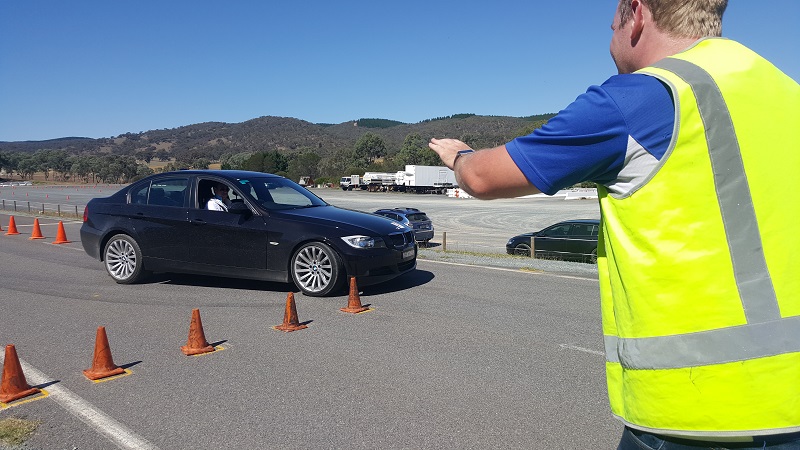
Executing the perfect brake and swerve.
There’s great value in learning what these features are capable of, and just what your car can do in an emergency, and this course will certainly help with that.
This is also something worth keeping in mind when you’re shopping for your kid’s first car. There’s a tendency to buy a cheap little bomb, thinking they’re unlikely to take good care of it, or it will probably endure a few bumps and scrapes.
In fact, that’s the opposite of what you should do. If you want your child to be safe on the road – seriously – buy the best, safest, latest model car you can afford.
For the last part of the day, we drive a few laps of the Sutton facility’s extensive closed-circuit track, and Alasdair takes a turn sitting in with each driver for a round.
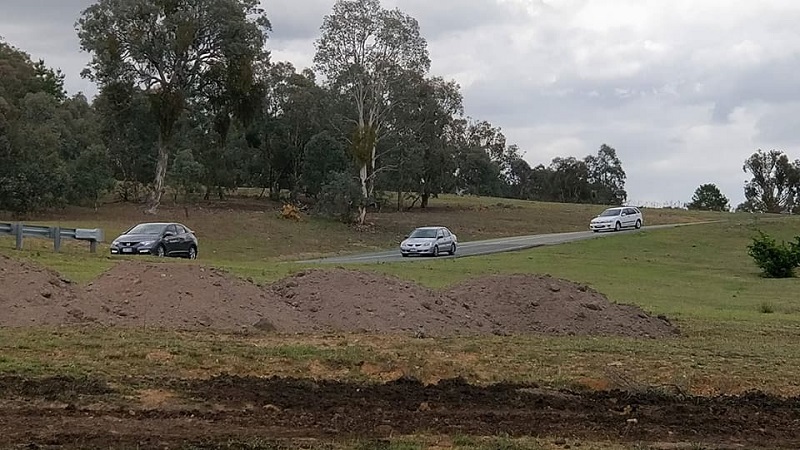
Another group doing laps of the closed-circuit track. Image courtesy of Fifth Gear Motoring.
This is designed to give you the closest experience to being on the road – your classmates are on the road around you, and you’re navigating steeps hills, sharp dips, sweeping turns and blind corners.
It turns out my personal weakness is entering corners too fast, which means too often I end up needing to brake while turning. It’s a big no-no, and I might have inadvertently taken a few years off Alasdair’s life.
So I practice slowing down, as well as braking well before the corner so I can ease off and drive comfortably through the turn.
As for worrying about whether you’re a good driver or not – if you’re even reflecting on your driving skills, you’re probably already a better driver than most.
Have you been on a defensive driving course? What’s the best thing you’ve learned?












